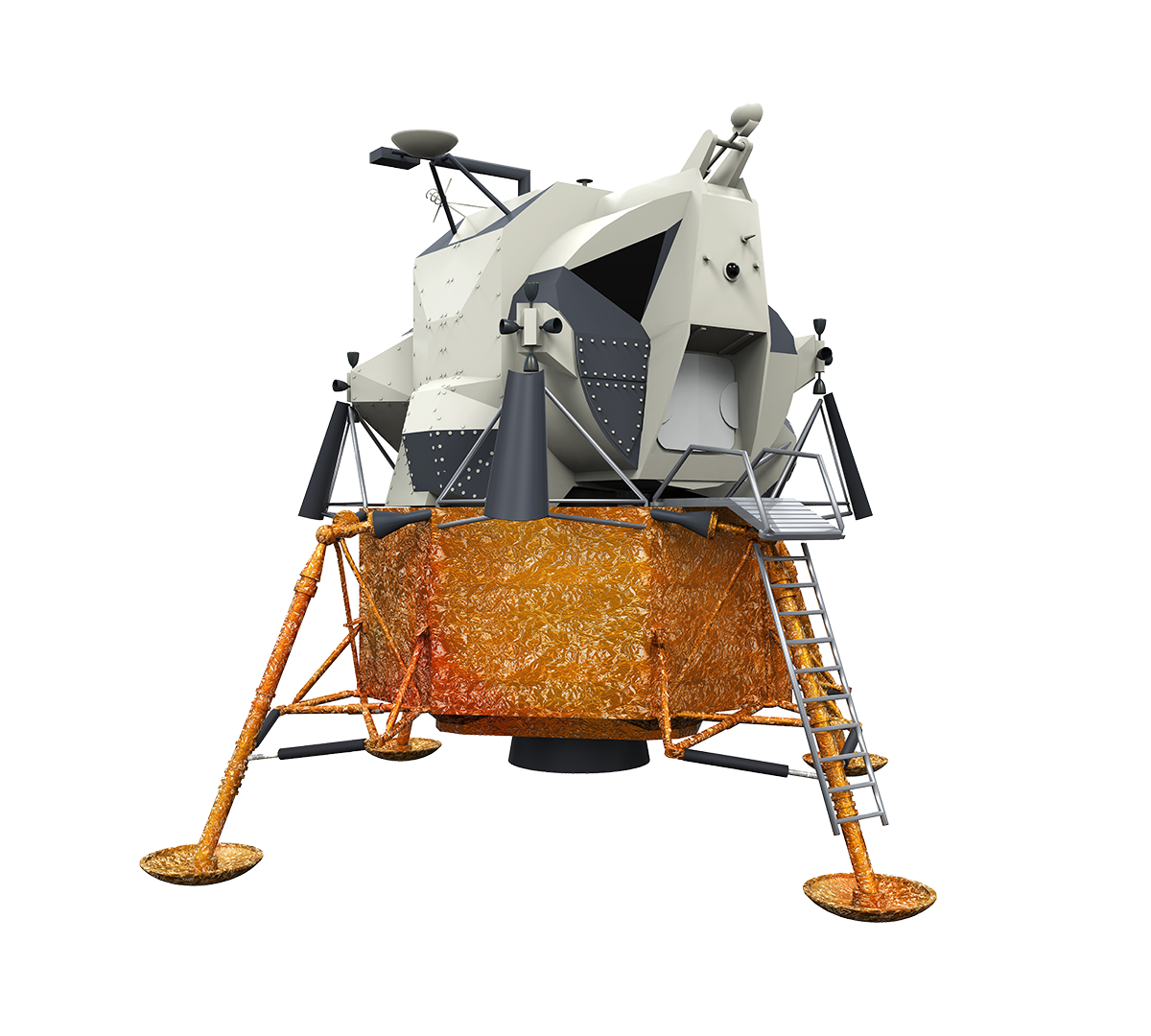(Note from Higher Orbits – we accidentally missed posting this on July 8 as it should have been.)
Blog written by Caroline
8 July 2020
On this day, one year ago, a team of five American students chosen by Higher Orbits to attend the International Science School at the University of Sydney started their journey. I was one of those privileged students. Having arrived on campus the previous day, the five of us weren’t familiar with the area and found ourselves staring at the university’s beautiful old buildings in admiration of the architecture — you won’t find those types of buildings on American college campuses! Our first lecture was given by Matt Abbott, previous NASA ISS Flight Director. He provided much insight on how the ISS wouldn’t function without hundreds of people on the clock, at all times, across the world — a global network supporting space research. He discussed his time training astronauts, and emphasized the importance of international science communication as a whole, but specifically regarding international projects like the ISS.
Our second lecture of the day was given by Dr. Shelley Wickham, a professor of physics at USYD. She spoke with us about nanobiology and nanorobots, their futures as prominent topics in the future of medicine, and how we rely on technologies currently being developed to solve our medical challenges. Her lecture was quite eye-opening regarding the abilities we already have to change our A/T and G/C base pairings in DNA, and how we can scaffold DNA to “remodel” a host environment to be more habitable, or sometimes more hostile, to newly introduced bacterias, viruses, or antibodies. Dr. Wickham also discussed the uses of DNA origami, a process that takes computer generated models and applies it to DNA helices for proper gene adjustments, to increase antibody effectiveness, or to create “smart drugs,” which are medicines that can be delivered to specific parts of the body.
The piece of information I found to be the most mind-blowing of the day is that we can make DNA move. Enzymes will cut the DNA, grab onto another piece, detach from the previously cut part so it breaks off and moves to the next piece. This creates a “DNA motor” which can move around complex environments — these discoveries are vital for the development of smart drugs.
Attending the International Science School has proved many times to be a blessing — not only is it an incredible learning and networking opportunity, but it opened my eyes to new topics I never would have considered looking at as a career.

